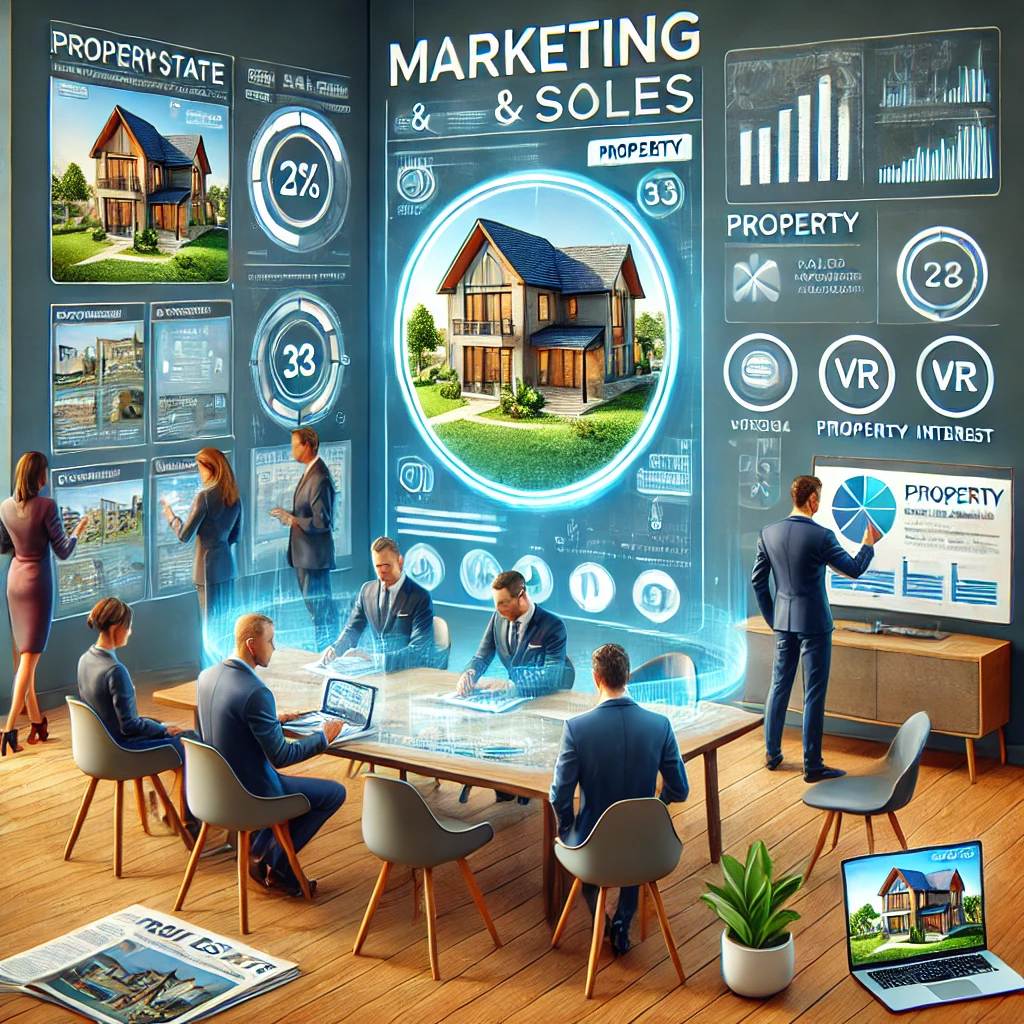
Marketing and sales
Marketing and sales services for property involve strategic efforts to maximize property visibility, attract potential buyers or tenants, and facilitate successful transactions. Here's an in-depth look at how these services are executed:
Property Marketing
Effective marketing creates awareness and generates interest in the property. Key activities include:
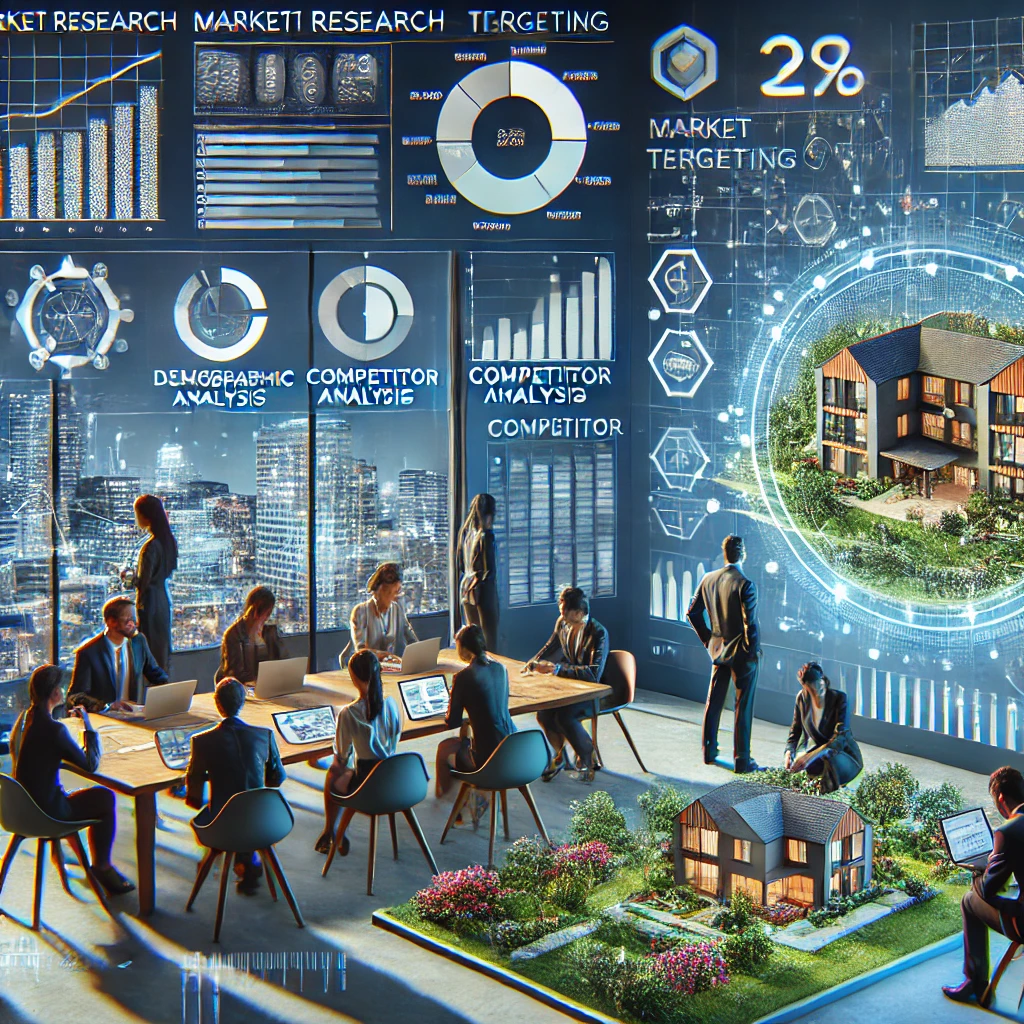
Market Research and Targeting
- Demographic Analysis: Identifying target audiences based on property type (luxury, commercial, residential, etc.).
- Competitor Analysis: Understanding similar properties in the market to differentiate offerings.
- Market Trends: Leveraging trends like eco-friendly designs or smart homes to position the property.
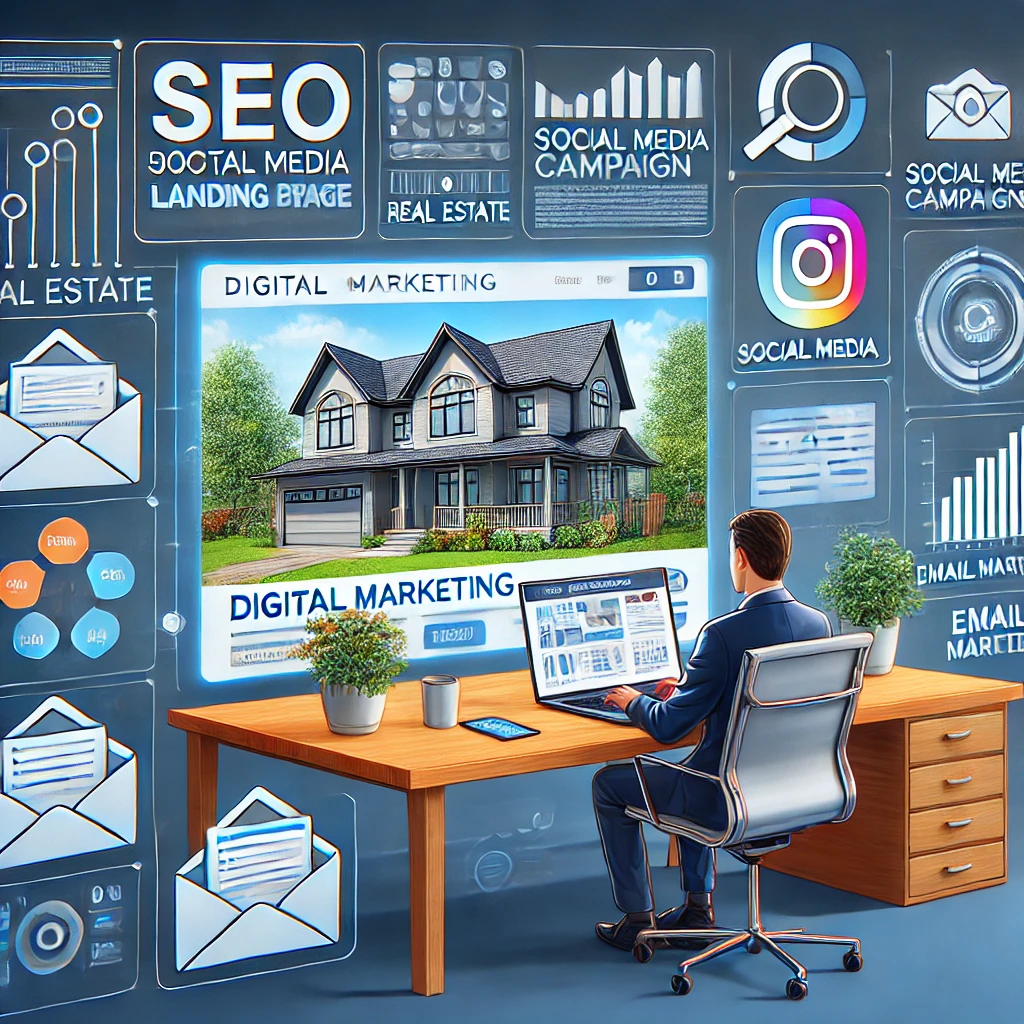
Digital Marketing
- Website Development: Creating a dedicated, SEO-optimized landing page or microsite showcasing the property.
- Search Engine Optimization (SEO): Ensuring property listings rank high on search engines.
- Social Media Campaigns: Running targeted ads on platforms like Instagram, Facebook, and LinkedIn.
- Email Marketing: Sending personalized property updates and offers to a curated list of leads.
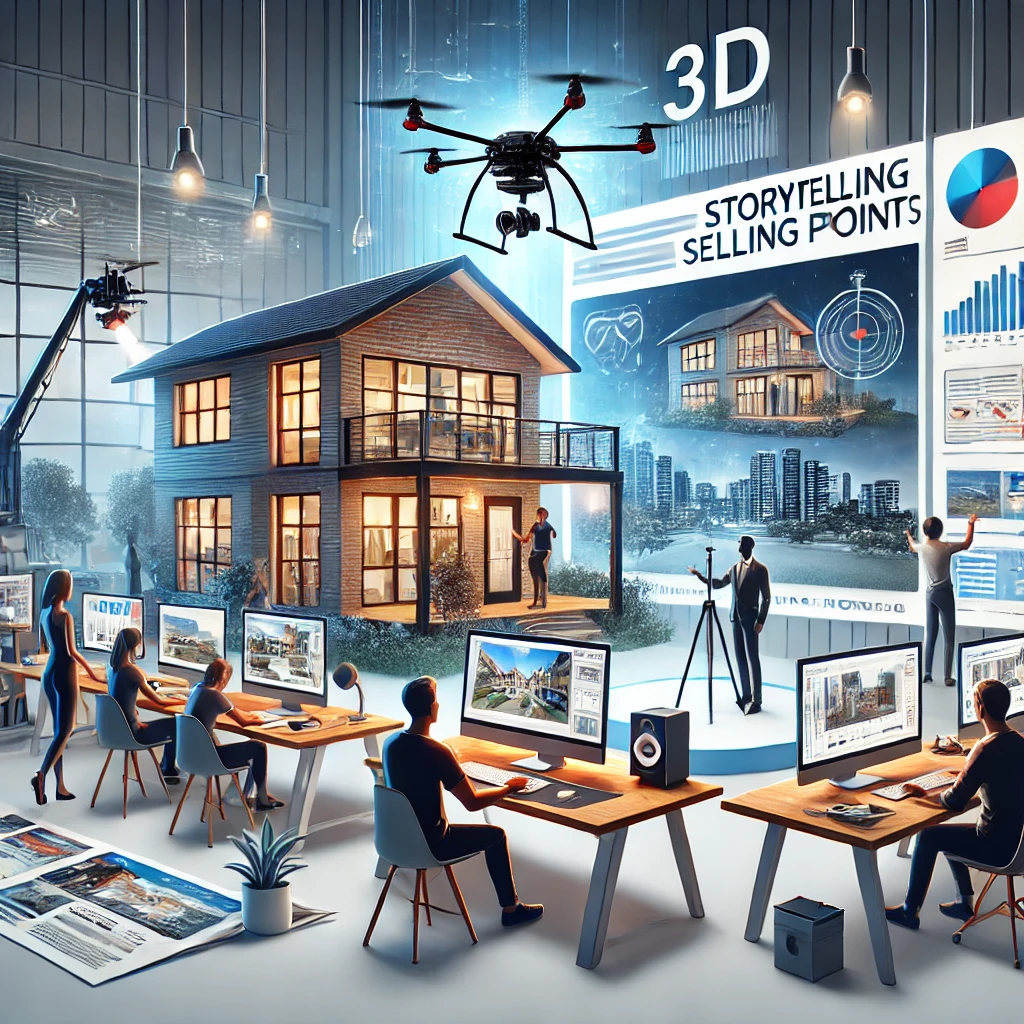
Content Creation
- Photography and Videography: Using high-quality visuals, including drone footage, virtual tours, and 3D walkthroughs.
- Brochures and Flyers: Designing professional print and digital collateral to distribute.
- Storytelling: Highlighting the property's unique selling points (USPs) such as location, amenities, or architectural features.

Traditional Marketing
- Hoardings and Billboards: Placing eye-catching advertisements in high-traffic areas.
- Print Media: Advertising in newspapers, real estate magazines, or local publications.
- Events: Hosting property expos or open-house events for direct engagement with potential buyers.
Property Sales
Sales efforts focus on converting leads into actual buyers or tenants.
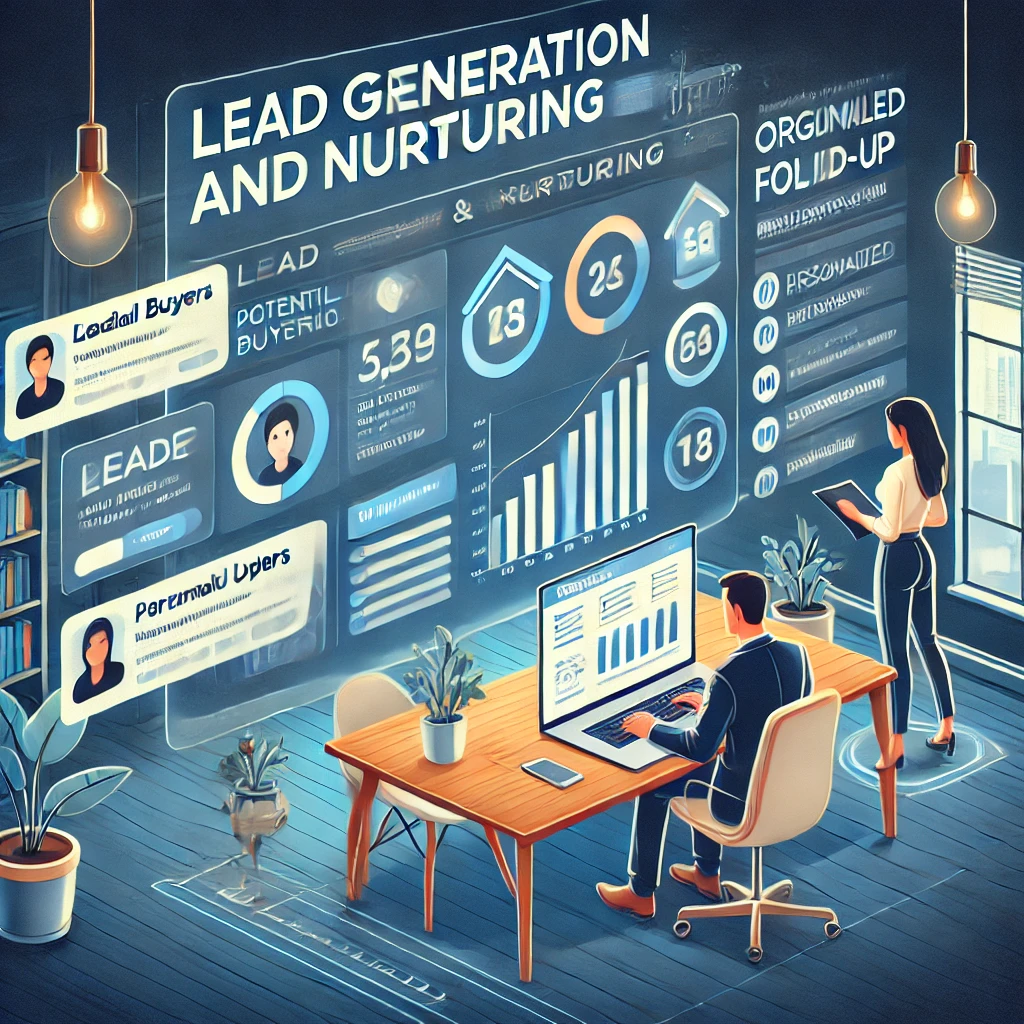
Lead Generation and Nurturing
- Lead Management Tools: Using CRMs (Customer Relationship Management systems) to track and manage potential buyers.
- Follow-Up Mechanisms: Sending reminders, offers, or updates to maintain engagement.
- Personalized Interaction: Providing tailored solutions to meet individual buyer needs.
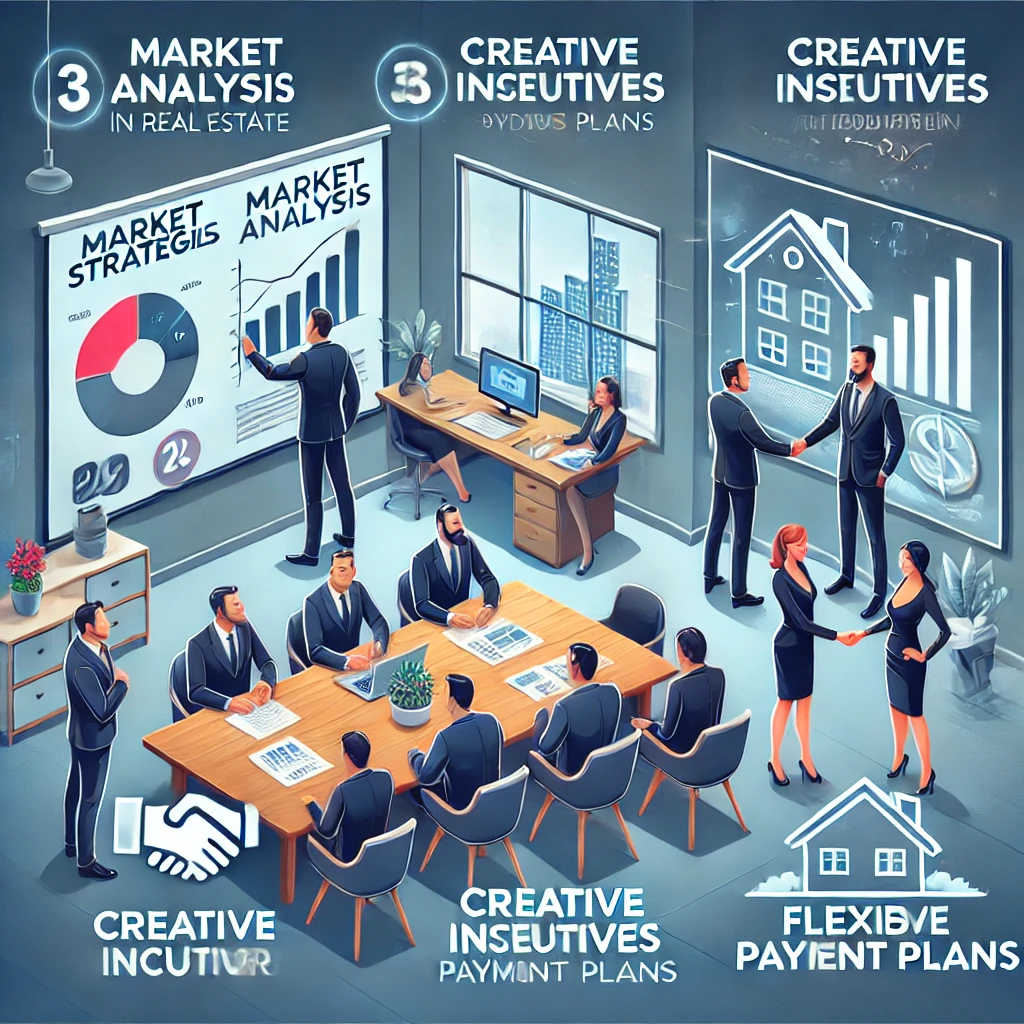
Sales Strategy
- Pricing Strategy: Setting competitive prices based on market analysis and property valuation.
- Incentives and Offers: Providing discounts, flexible payment plans, or perks like furnished spaces.
- Negotiation: Balancing client and buyer interests to achieve mutually beneficial terms.
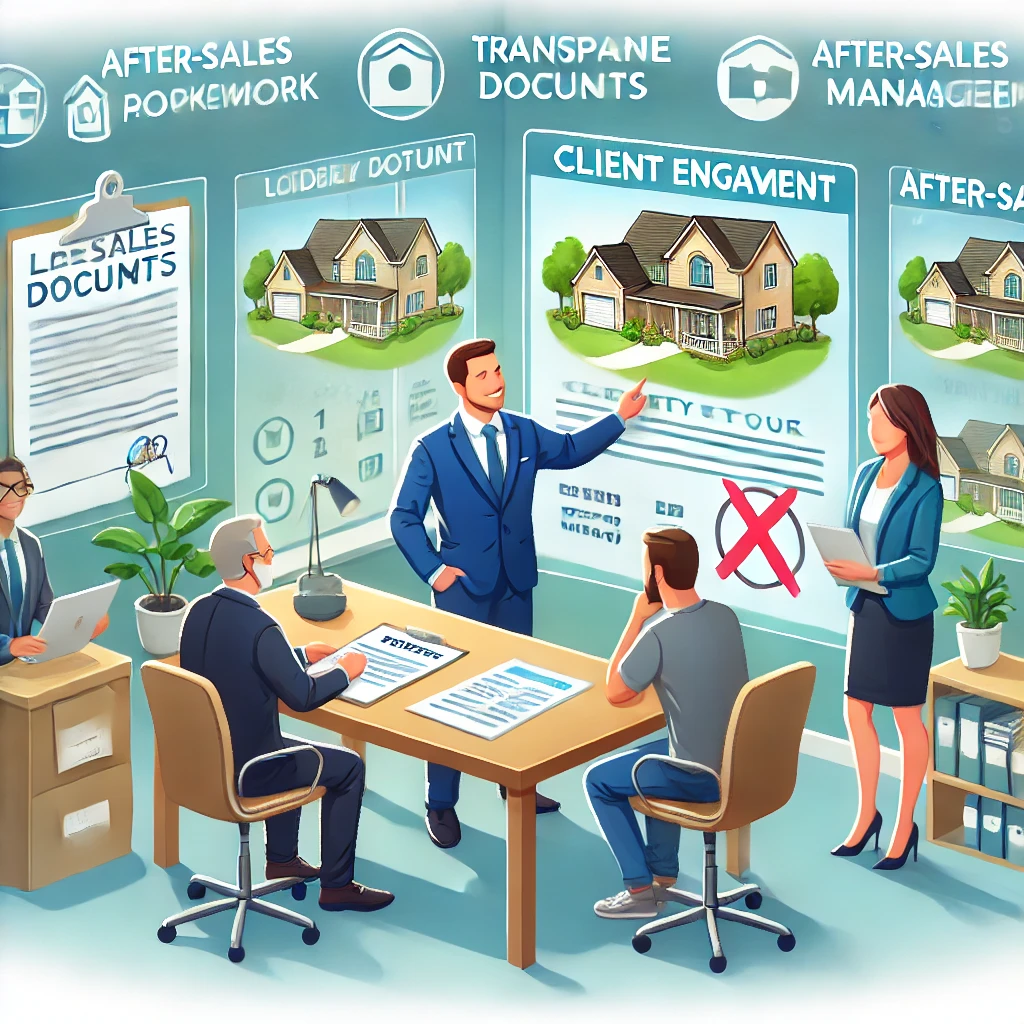
Client Engagement
- Site Visits: Arranging guided tours to showcase the property’s best features.
- Transparency: Providing clear details about legalities, pricing, and other terms.
- After-Sales Service: Offering assistance post-purchase for paperwork, loan processing, or tenant management.
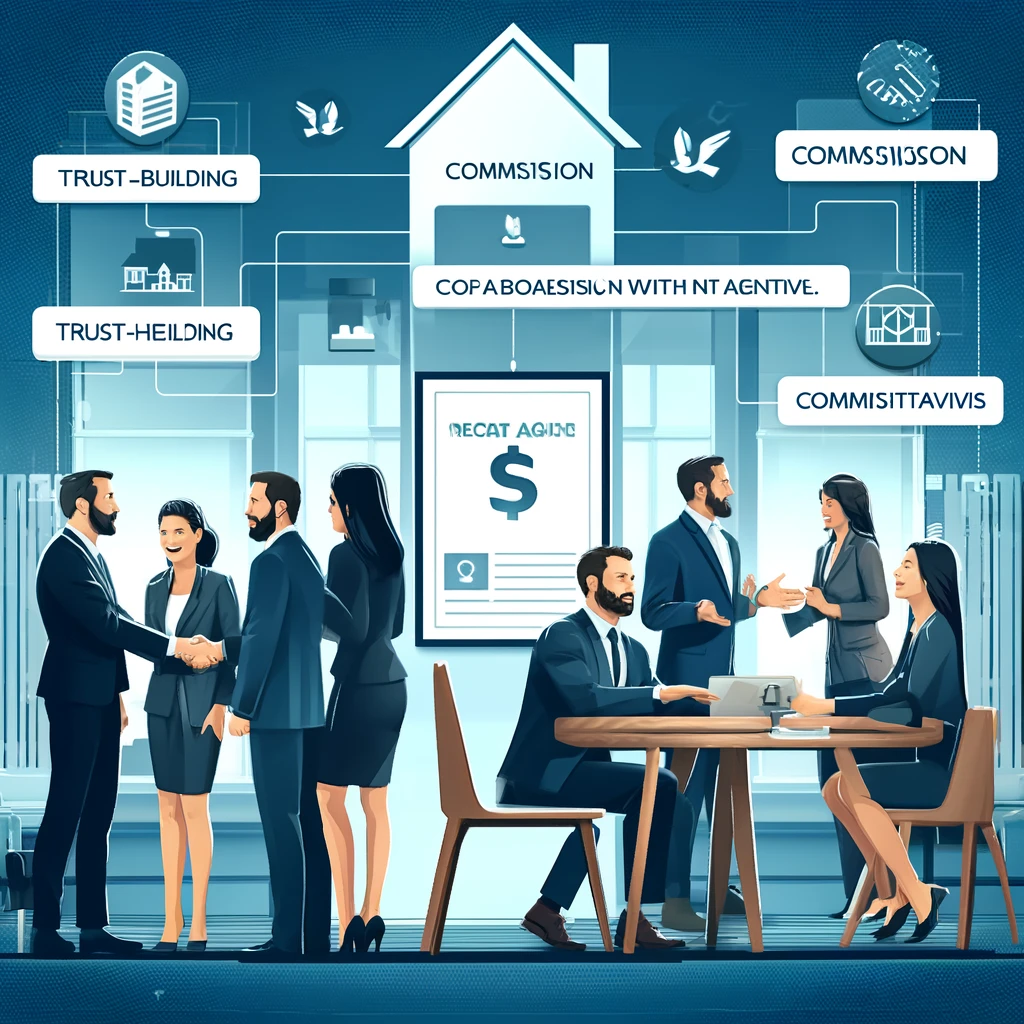
Collaboration with Brokers and Agents
- Building a network of trusted brokers to widen reach.
- Offering attractive commissions to incentivize sales agents.
Technology Integration

- Virtual Reality (VR): Enabling immersive virtual tours for remote buyers.
- AI Tools: Recommending properties to buyers based on preferences and budget.
- Data Analytics: Tracking marketing performance to optimize campaigns.
Metrics for Success
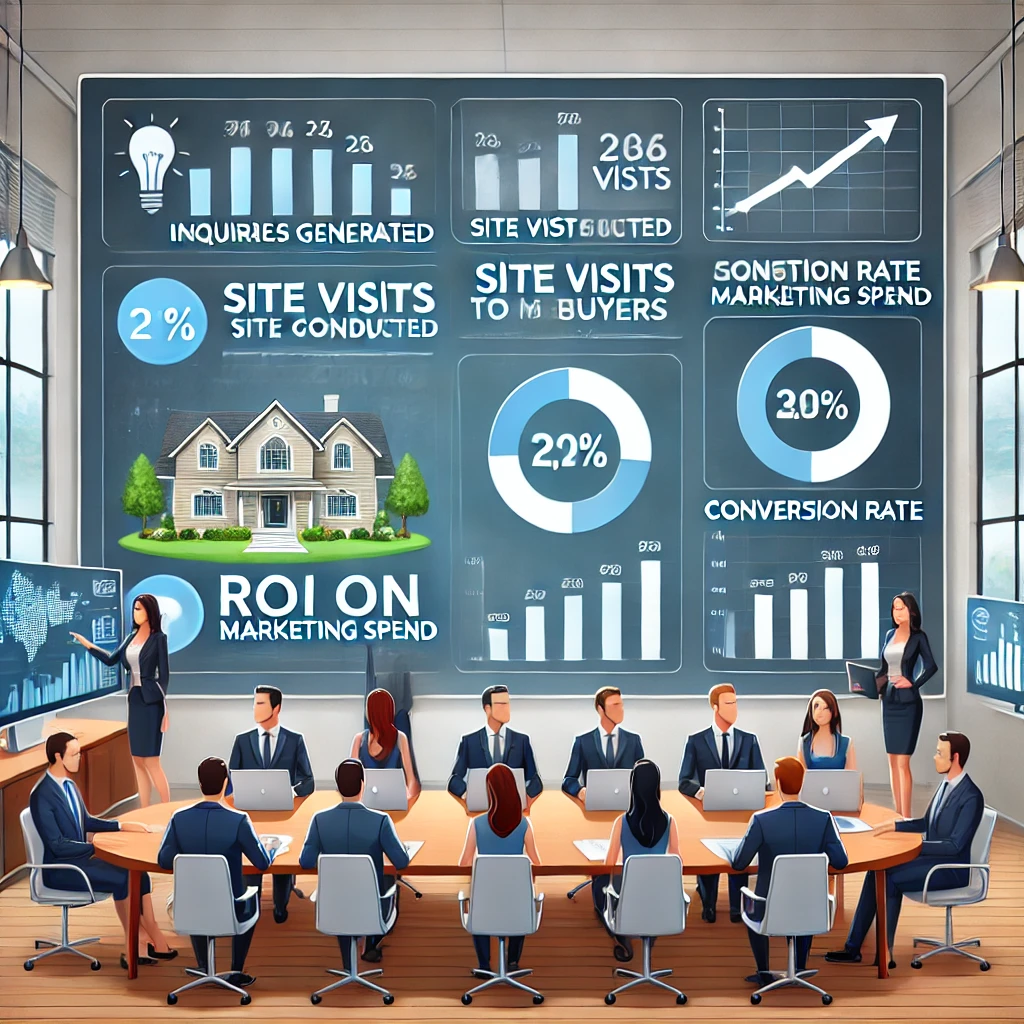
- Inquiries Generated: Number of leads contacting the property team.
- Site Visits Conducted: Total number of scheduled property tours.
- Conversion Rate: Percentage of leads converted to buyers.
- ROI on Marketing Spend: Revenue generated compared to advertising costs.
Key Benefits
- Faster Sales Cycles: Streamlined processes ensure quicker deal closures.
- Maximum Visibility: Marketing ensures the property reaches its target audience effectively.
- Higher Returns: Strategic pricing and advertising drive value appreciation.
- Professional Image: High-quality marketing materials and sales support enhance credibility.